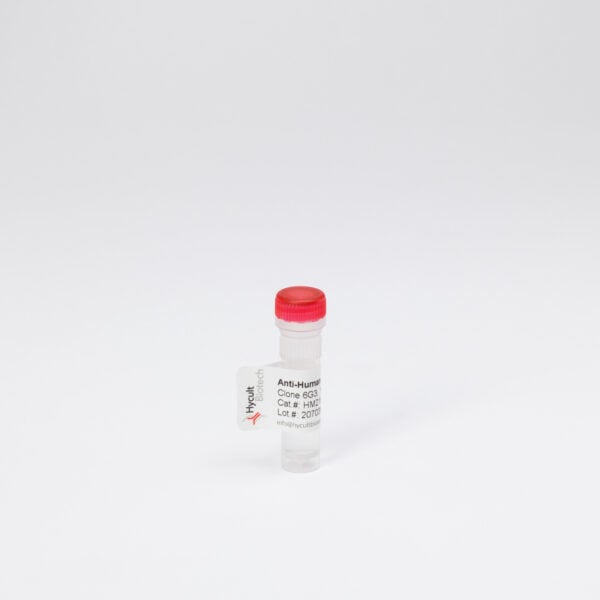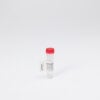C5/C5a, Human, mAb 561
€133.00 – €414.00
Monoclonal antibody 561 specifically recognizes the N-terminus of complement component C5. This antibody reacts with both intact C5 (190 kDa) and its cleavage product, C5a (115 kDa).
C5a, originally identified as a cleavage product of C5, is now known for its significant chemotactic and anaphylatoxic properties. It plays a key role in the innate immune response and is increasingly recognized for its potential involvement in adaptive immunity. C5a is a 74-residue pro-inflammatory polypeptide that induces smooth muscle contraction, increases vascular permeability, triggers the release of lysosomal enzymes, and causes degranulation of mast cells and basophils. Additionally, C5a directs the migration of immune cells such as neutrophils, eosinophils, basophils, and monocytes.
C5a binds to two primary receptors: C5aR (C5R1, CD88) and C5L2 (gpr77). These receptors are widely expressed across various cell types, particularly on immune cells like macrophages, neutrophils, and T cells. C5aR is a well-characterized receptor that triggers G-protein-coupled signaling pathways, which lead to the production of cytokines such as TNF-alpha, IL-1beta, IL-6, and IL-8. Blocking C5aR has been shown to significantly reduce inflammatory damage in vivo. While less is known about C5L2, it is understood that C5a binding to this receptor does not initiate calcium signaling.
The widespread expression of C5a receptors enables C5a to influence a wide range of physiological processes. As a result, C5a has emerged as a key pathogenic factor in numerous immuno-inflammatory diseases. Beyond its immunological roles, C5a is now also associated with non-immunological processes, such as developmental biology, CNS development, neurodegeneration, tissue regeneration, and hematopoiesis.
The monoclonal antibody 561 can inhibit the classical pathway by targeting C5 and C5a, this can be measured utilizing the classical pathway assay (HK3010).











